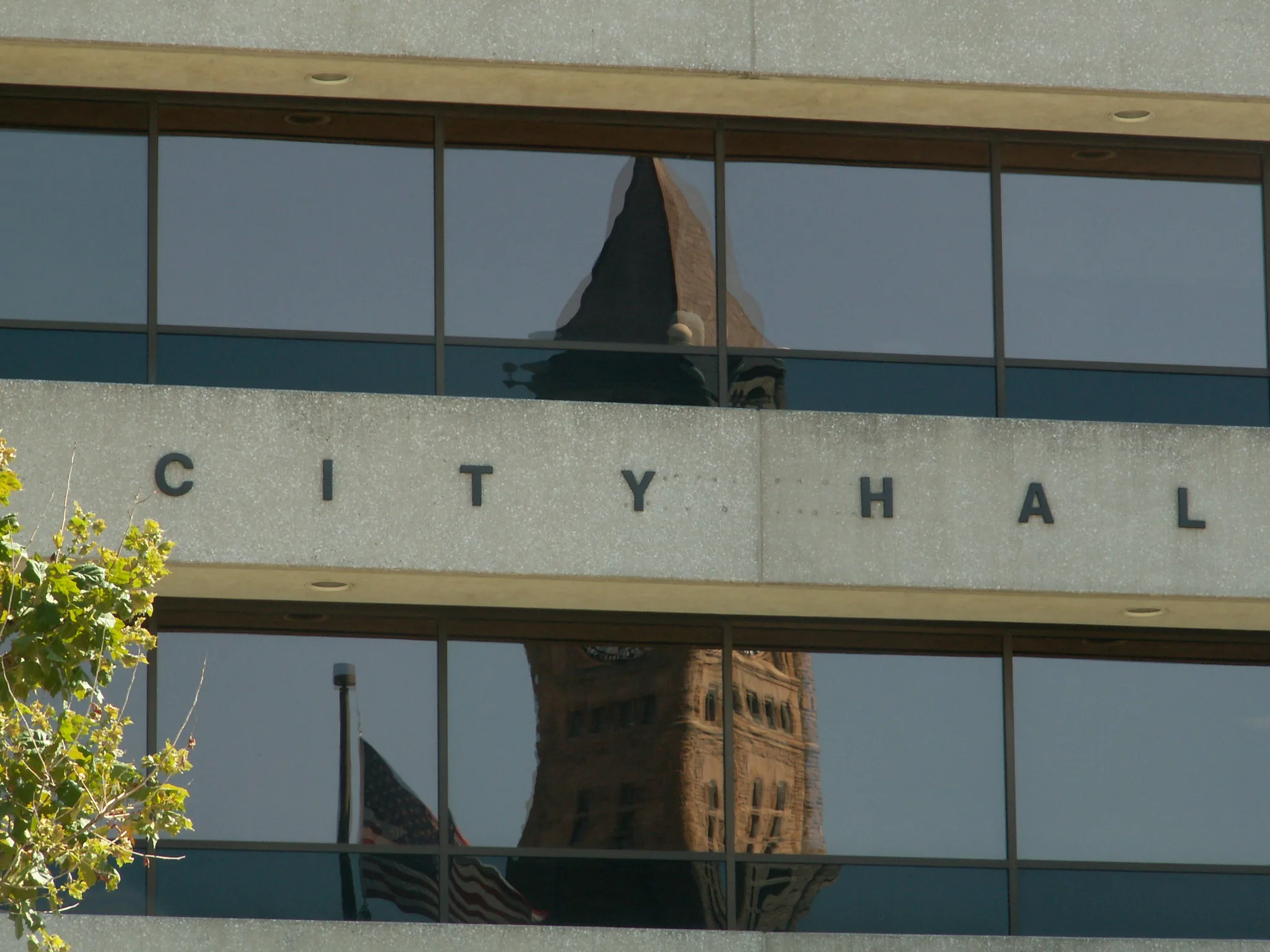
Editor’s Note: Over the next month, Documented will be looking back at the Trump administration’s immigration policies over the past four years and examining how they’ve impacted New Yorkers. Read all of our coverage here.
Debbie Almontaser remembers how quickly her phone rang off the hook after President Donald Trump signed a travel ban barring entering the United States for citizens from a list of predominantly Muslim countries. “Yemeni Americans calling me to ask what this would mean for the community and their families and if they would have to leave the U.S.,” Almontaser, co-founder of the Yemeni American Merchants Association, or YAMA, explained.
Since that day in January 2017, the ban has gone through numerous versions as it faced challenges in the courts. The U.S. Supreme Court upheld an amended order in June 2018.
The travel ban — also called the Muslim ban, to detractors — greatly decreased the number of visas issued to the affected countries between 2016 and 2019. Ultimately, it decreased the number of immigration visas issued to citizens of the listed countries by over 60 percent from 31,748 visas in 2016 to 9,491 visas in 2019, according to data released by the State Department.
All visas issued to individuals from countries, not on the list declined by 23% from 588,554 in 2016 to 450,729 visas in 2019. The region encompassing Central America and the Caribbean was impacted the most, where immigration was down 34% from 222,924 visas issued in 2016 to 147,303 in 2019.
Also Read: Muslim Families Continue to Struggle Due to Travel Ban
The ban changed the lives of Muslims from 13 countries, leaving panic-stricken families divided, their immigration status in limbo, some stuck in third countries and trying to reunite with relatives in the U.S. State Department data show that the impact was overwhelmingly focused on countries where nearly all residents are Muslims.
That was Trump’s emphasis, beginning with his promise during the 2016 presidential campaign to ban Muslims from entering the United States. He cast the would-be migrants as terrorists: “Numerous foreign-born individuals have been convicted or implicated in terrorism-related crimes since September 11,” Trump stated when he announced his executive order on January 27, 2017.
The first version prohibited entry from Iran, Iraq, Somalia, Sudan, Yemen, Libya and Syria for 90 days. The policy also barred the entry of refugees from those countries for 120 days and indefinitely banned Syrian refugees’ entry.
Trump later signed an order exempting those who have green cards and visas. Ultimately, six new countries were added to the ban — Eritrea, Nigeria, Sudan, Myanmar, Tanzania, and Kyrgyzstan — and some were later dropped such as Iraq and Chad; Sudan was indefinitely ineligible for U.S. diversity lottery visas, according to a timeline compiled by the American Civil Liberties Union.
As a first response, Almontaser gathered around 40 Yemeni-American leaders nationwide and agreed that they will all call and inform Yemenis in the U.S. about what was happening and advising them not to travel.
Also Read: Yemeni New Yorkers React to Supreme Court Travel Ban Decision
A June analysis issued by The Middle East Research Information Project described the Trump order as a “brown and black ban — a set of policies designed to reduce immigration and choose who is allowed to be American.”
The ban impacted three sizable American populations, including Iran, Yemen, and Syria. Under the Presidential Proclamation 9645, all three countries as well as Libya and Somalia were placed under an indefinite ban on the issuance of immigrant and non-immigrant visas, but Iran is allowed student visas.
Citizens of those countries are often trapped in a prolonged process of applying for visas and travel ban waivers for their family members, driving many transnational families to debt and financial instability. The waiver should ostensibly allow certain humanitarian exceptions to the ban.
As of July, 64,286 immigrant and non-immigrant applicants from the 13 countries were considered for a waiver, but only 35 percent were approved, according to State Department data. There is no waiver form or process that applicants can adhere to and it is still not clear what situations qualify for waivers, according to lawyers who have worked on the process.
Iranians suffered the most under the travel ban, followed by Yemenis and Syrians. Between January 2017 and July 2020, over 45,000 Iranians applied for visa waivers and 36,859 were considered. Of the applications considered, only around 7,000 Iranians were granted waivers.
A total of 86,492 individuals — from the 13 countries named on the travel ban list — applied for visas during the same period, but only 6,893 were approved as an exception to the travel ban.
New York City is home to 3.1 million immigrants as of 2018, the largest in the city’s history, with the majority being naturalized U.S. citizens. Around 1,456 Syrians and 7,135 Iranians live in New York City, according to a 2019 data by the American Community Survey, while over 20,000 Yemeni Americans live in New York, according to latest census data.
Also Read: The High Cost of the Travel Ban: Yemenis pay Thousands to Reunite Families















